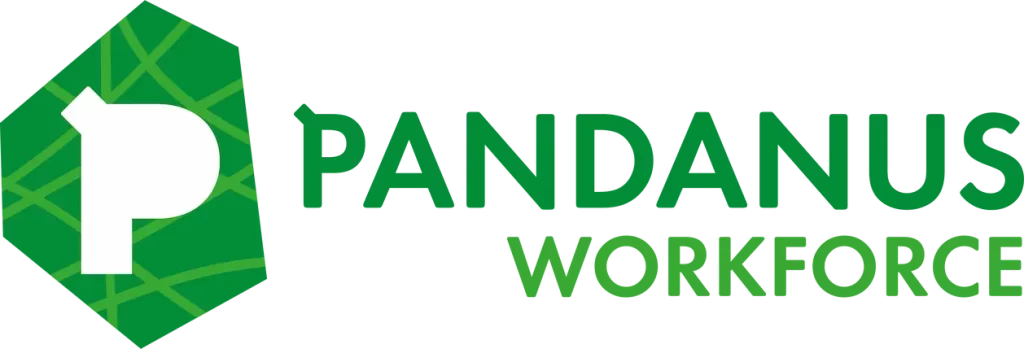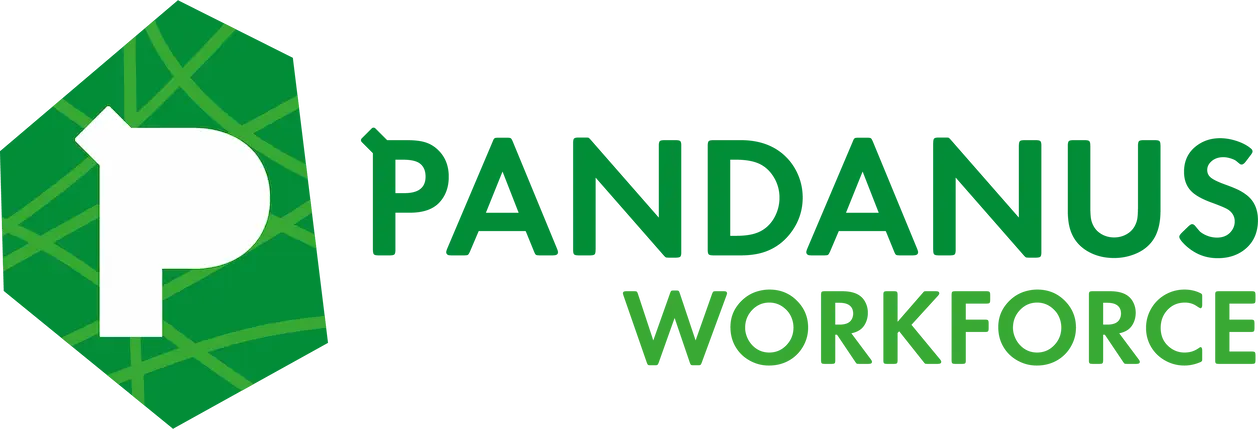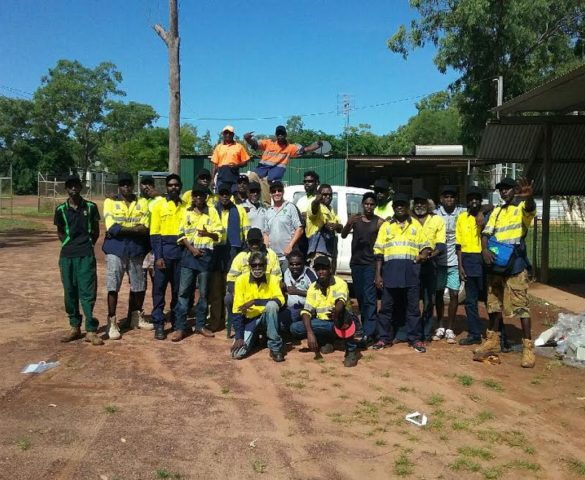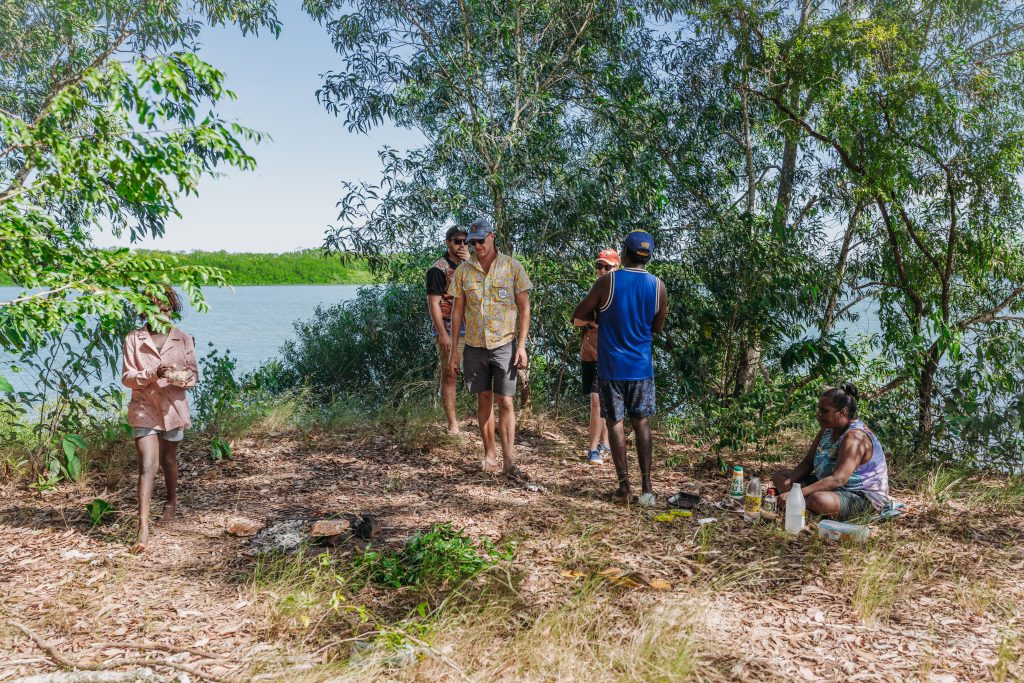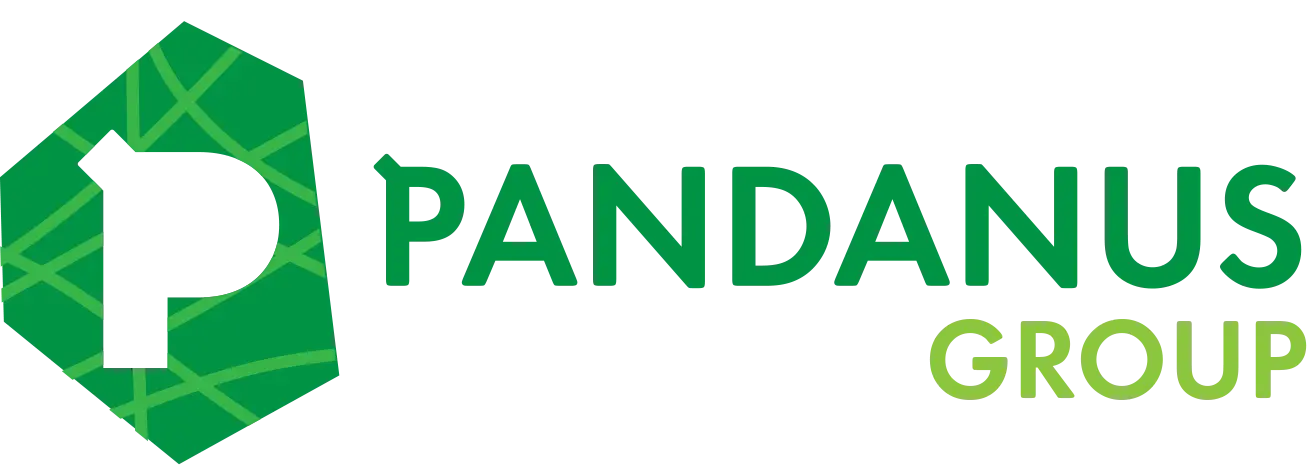When we talk about Indigenous employment and workforce development, we are talking about the process of attracting, cultivating and retaining a skilled Indigenous workforce who are ready and available to take on jobs when they arise. In order to effectively engage any Indigenous community and develop a workforce from within it, it is vital to take a holistic approach.
Here are the key elements that will lead to the successful implementation of an Indigenous employment and workforce development program within your organisation.
- Commitment from the top down
Within your organisation, senior management must be visibly on board and backing an Indigenous employment and workforce development strategy. This support will help the initiative to gain momentum and ensure that all employees within the organisation are invested in its success. - Research and plan ahead
It’s integral that you first understand the local community framework and the key stakeholders within it. This is to ensure that you identify the protocols which are unique to that community and understand any historical issues so you can prepare an appropriate community consultation framework. - Identify the key leaders in the community specific to your project area
There are Traditional Owners and key family groups within every Indigenous community. Each will play a specific role within that community and you will need to connect with the specific leaders who can assist you with your project. They will not only help you to identify potential candidates but also assist you with the establishment of a mentoring framework. Spending time within the community will cement strong relationships with the key stakeholders and elders built on trust. - Clearly and accurately explain what you want to do
Explain your Indigenous employment and workforce development strategy, including as much specific information on your project and the job requirements as you can. Make sure all information on available opportunities is correct and up to date otherwise it will result in delays in your project and possibly create a ripple effect of issues within the community. Be clear that Indigenous employees will be successful in gaining employment on merit and because they are suitable for the position.
Social media, specifically Facebook, is a platform that is gaining momentum amongst many Indigenous communities as a way to gain and share information. So you may wish to consider using it to post jobs and communicate with the community. Finally, follow through is essential, so ensure that you remain connected with the community and update them as things progress. - Seek the support of additional stakeholders
Working within a network and establishing partnerships with organisations and stakeholders who can support the effectiveness of your Indigenous employment and workforce development plan is vital. No one can do it alone and you will need to take a holistic approach by incorporating service providers who offer things you cannot—for example, training organisations, medical services or other Aboriginal and Torres Strait Islander service providers. To achieve success, it’s important that all key stakeholders and service providers work together and ensure transparency between them. It’s also best to seek approval with community leaders and members before engaging external stakeholders to avoid the deterioration of trust within the relationship. - Be thorough with your recruitment and training process
Conduct a training needs analysis and an extensive skills audit to ensure you provide opportunities that best match your Indigenous candidates. Make sure you ask specific questions in the interview, especially those related to an applicant’s prior training. Clearly outline all details of the role so that the applicant is best able to make an informed decision. - Include a mentorship program and cross-cultural awareness training
Whether it’s something you do internally or in coordination with an external service provider, a mentorship program can make all the difference to the longevity of an employment relationship. Ideally these mentors would be from within the Indigenous community itself. Cross-cultural awareness training is an important part of promoting a positive culture and two-way understanding of different cultural practices within your organisation. - Be realistic when setting targets and evaluating progress
The reality is that any Indigenous employment and workforce development strategy will take time to become effective. It’s unrealistic to expect a 100% retention rate with Indigenous employees, especially at the outset. You will need to evaluate your approach regularly to fine tune it along the way.
